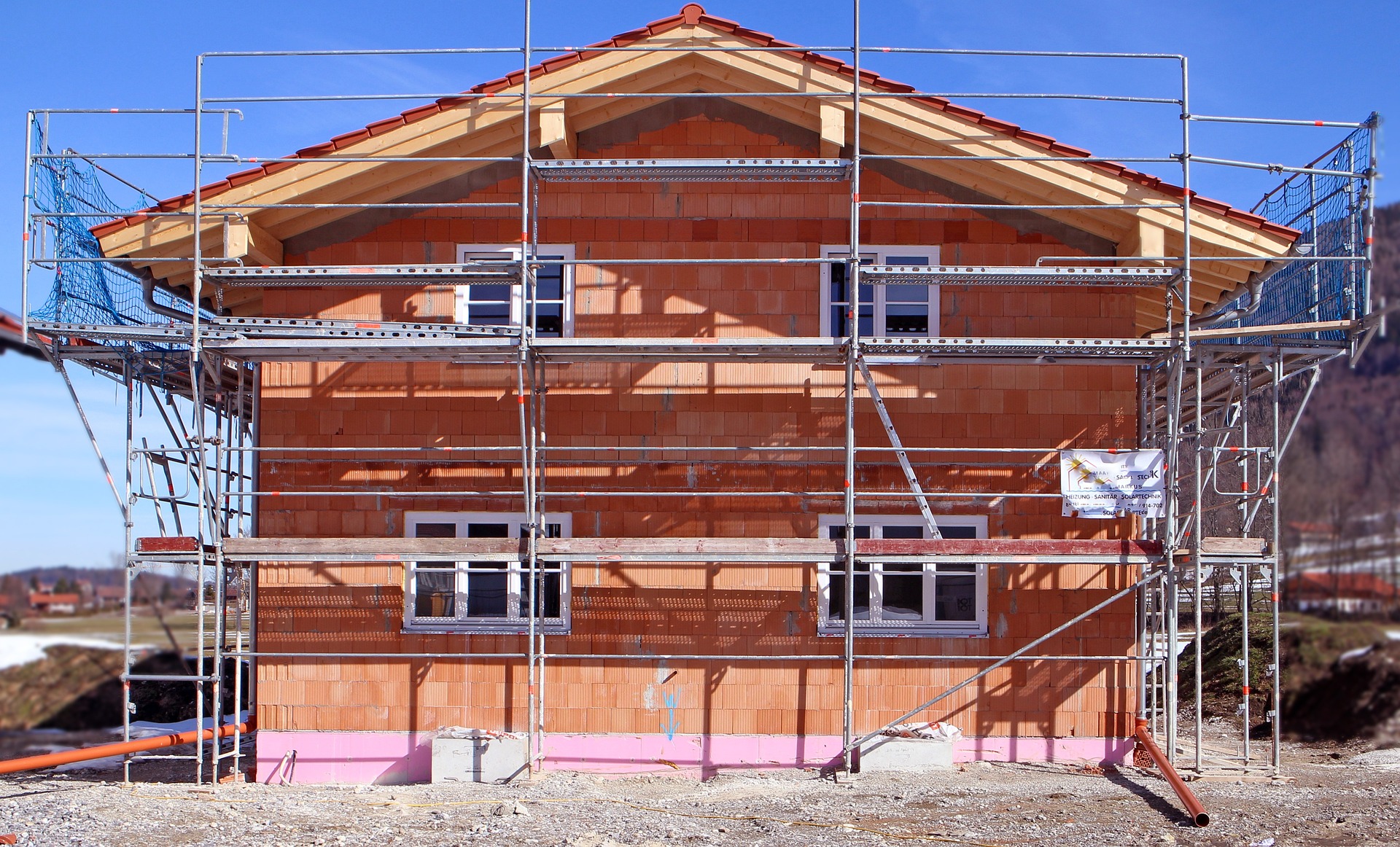Aged Care Costs in Australia: What to Expect in 2025 and How to Find Local Options
Understanding Care Home Costs in Australia: What to Expect in 2025 As Australia’s aging population continues to grow, the demand for care homes and aged care services increases. One of the primary concerns for families and individuals considering care is the cost. Understanding how much a care home costs per month, and knowing about nearby care options, is crucial for planning both financially and logistically. This article explores the landscape of care home costs in Australia in 2025 and provides guidance on how to find care homes nearby.

The Australian aged care system involves multiple cost components that can vary significantly depending on the level of care required, location, and individual financial circumstances. With ongoing reforms and adjustments to the sector, understanding what to expect financially in 2025 is essential for families planning ahead.
Care Costs Continue to Rise
Aged care expenses in Australia have been steadily increasing, reflecting higher operational costs, improved care standards, and workforce investments. In 2025, families can expect several fee categories including basic daily fees, means-tested care fees, and accommodation costs. The basic daily fee is set at 85% of the single Age Pension rate, which translates to approximately $63 per day or around $1,890 per month. Means-tested care fees depend on individual income and assets, with annual caps protecting residents from excessive charges. The accommodation component varies widely, with some government-subsidized options available for those who qualify, while others may pay anywhere from $300,000 to over $1 million as a lump sum or equivalent daily payment. These figures represent estimates based on current trends and may fluctuate based on government policy adjustments and indexation.
Understanding Aged Care Rates
The Australian Government uses a comprehensive assessment process to determine individual contributions to care costs. Your financial assessment considers income from pensions, investments, and superannuation, as well as assets including property, savings, and investments. For residential care, there are three main cost components: the basic daily fee paid by all residents regardless of means, the means-tested care fee for those with higher income or assets, and accommodation costs which vary by facility and individual circumstances. Home care packages operate differently, with four levels of funding (Level 1 through Level 4) ranging from approximately $9,000 to $56,000 annually in government subsidy. Recipients may contribute additional fees based on their means assessment. Understanding these rate structures helps families budget accurately and explore all available support options.
Navigating Care Home Choices
Selecting an appropriate care facility involves balancing quality, location, cost, and available services. Australia offers diverse options including residential aged care facilities, retirement villages with care services, and community-based home care programs. When evaluating facilities, consider factors such as staff-to-resident ratios, specialized care capabilities for conditions like dementia, proximity to family members, social activities, and meal quality. Most facilities offer both permanent and respite care options. It is advisable to visit multiple facilities, speak with current residents and families, and review quality ratings available through the Aged Care Quality and Safety Commission. Many providers offer different accommodation standards within the same facility, affecting pricing significantly. Taking time to compare options ensures you find a setting that balances financial considerations with quality of life for your loved one.
Financial Planning for Aged Care
Proactive financial planning can significantly ease the burden of aged care costs. Start by obtaining a comprehensive aged care financial assessment through Services Australia to understand your potential contributions. Consider consulting with a financial adviser who specializes in aged care planning, as they can help structure assets to optimize your position while ensuring compliance with assessment rules. Key strategies include understanding how the family home is treated in assessments, exploring whether to pay accommodation costs as a lump sum or daily payment, and reviewing eligibility for various government subsidies and supplements. The Pension Loans Scheme allows eligible older Australians to receive a voluntary non-taxable fortnightly loan from the government, using real estate as security. Additionally, investigate whether private health insurance extras or veterans’ affairs entitlements might offset some costs. Planning several years in advance provides more options and reduces financial stress during what can be an emotionally challenging transition.
Comparison of Aged Care Provider Cost Structures
To provide practical insight into the range of costs across different providers and care types, the following table presents typical cost structures from various Australian aged care providers. These figures reflect 2025 estimates and demonstrate the variation in pricing based on location, facility type, and accommodation standards.
| Provider/Facility Type | Location Example | Accommodation Payment (RAD) | Daily Accommodation Payment (DAP) | Basic Daily Fee |
|---|---|---|---|---|
| Government-Subsidized Facility | Regional NSW | $0 - $200,000 | $0 - $55/day | $63/day |
| Mid-Range Private Facility | Melbourne Suburbs | $350,000 - $500,000 | $96 - $137/day | $63/day |
| Premium Private Facility | Sydney Metro | $600,000 - $1,000,000+ | $164 - $274+/day | $63/day |
| Home Care Package Level 2 | Various | N/A | N/A | $10.50/day |
| Home Care Package Level 4 | Various | N/A | N/A | $15.75/day |
Prices, rates, or cost estimates mentioned in this article are based on the latest available information but may change over time. Independent research is advised before making financial decisions.
Finding Local Care Homes
Locating suitable care facilities in your area requires utilizing multiple resources. The My Aged Care website serves as the Australian Government’s primary portal, offering a comprehensive directory of registered providers searchable by location and service type. After completing an assessment, you will receive guidance on appropriate care levels and can request information from specific providers. Local council websites often maintain lists of facilities within their regions, and community health centers can provide recommendations. Word-of-mouth referrals from healthcare professionals, hospital discharge planners, and other families who have navigated the system offer valuable insights. When searching for local services in your area, consider proximity to family members for regular visits, integration with local community services, and whether the facility accepts new residents at your required care level. Many providers host open days or offer individual tours, providing opportunities to assess the environment firsthand and ask detailed questions about costs, care approaches, and available amenities.
Planning for aged care costs in Australia requires understanding complex fee structures, exploring available financial support, and carefully evaluating local options. By starting early, seeking professional advice, and thoroughly researching providers, families can make informed decisions that balance quality care with financial sustainability. The aged care landscape continues to evolve, making it essential to stay informed about policy changes and new support programs that may benefit your situation.




